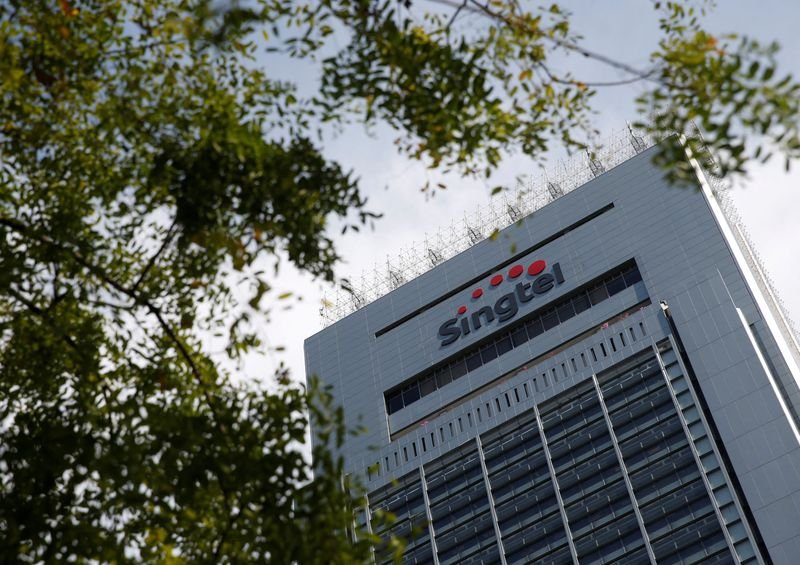Contents
- 1 Key Highlights:
- 2 Expert Insights on the Australian Unemployment Market
- 3 Market Response and Economic Indicators
- 4 RBA’s Assessment and Australian Unemployment Future Outlook
- 5 Australian UnemploymentAssessment and Monetary Policy
- 6 Upcoming RBA Meeting and AdditionalAustralian Unemployment Insights
- 7 Conclusion
Australian unemployment witnessed a substantial surge in November, surpassing expectations and reinforcing the Reserve Bank’s concerns over sustained domestic demand. The addition of 61,500 jobs, significantly exceeding the forecast of 11,500, was a remarkable highlight from the government’s Thursday data release. However, this positive trend was accompanied by a concerning rise in unemployment to 3.9%, marking the highest level since May 2022. This increase coincided with a record-high participation rate of 67.2% in November.
Key Highlights:
- Australian employment surged by 61,500 jobs in November, surpassing expectations by over five times.
- Unemployment rose to 3.9%, marking the highest level in 1.5 years, coinciding with a record-high participation rate of 67.2%.
- Australian dollar briefly broke above 67 US cents; three-year bond yields also increased.
- Despite job gains, business surveys indicated a sharp drop in confidence levels to an 11-year low.
- Governor Bullock observed a relaxation in the labor market’s tightness, suggesting a potential shift in RBA’s tightening bias.
Expert Insights on the Australian Unemployment Market
Callam Pickering, APAC economist at Indeed Inc., remarked, “Australia’s job market remains resilient overall, with numerous job opportunities available. However, persistent skill and talent shortages, prevalent across most industries, might sustain employment growth without stemming the recent uptick in unemployment rates.”
Read More: UK Inflation Concerns: Economists Strongly Warn Bank of England Against Big Rate Cut Bets
Market Response and Economic Indicators
The Australian dollar briefly surged above 67 US cents, signaling optimism, while yields on the three-year bond, sensitive to policy changes, also saw an increase, underscoring market sentiments.

These employment figures, despite showcasing the economy’s ability to absorb interest rate hikes by the RBA since May 2022, diverge from recent business surveys. A stark drop in confidence levels to an 11-year low, along with softer forward indicators, paints a contrasting picture.
RBA’s Assessment and Australian Unemployment Future Outlook
Governor Michele Bullock observed a relaxation in the tightness of the labor market, citing leading indicators such as job vacancies showing signs of moderation from their peak levels. This latest data might surprise the RBA and prompt them to maintain a tightening bias.
However, despite the current growth rates in employment and hours worked, annual job growth experienced a slight decline to 3.2% from 3.6% earlier this year. Economists anticipate a deceleration in the pace of job gains, foreseeing a rise in the jobless rate to 4.25% in the upcoming year.
Australian UnemploymentAssessment and Monetary Policy
Bjorn Jarvis, ABS head of labor statistics, noted a convergence between employment and hours worked growth rates, signaling a relatively looser labor market compared to the previous 18 months.
Governor Bullock’s recent rate increase to 4.35%, the highest in 12 years, signaled a departure from four consecutive pauses. However, with rates unchanged last week, market speculations imply the conclusion of rate hikes, with the possibility of an easing cycle commencing around mid-2024.
Read More: FOMC Signals Direct Shifts Towards Expected Rate Cuts in 2024
Upcoming RBA Meeting and AdditionalAustralian Unemployment Insights
The RBA’s monetary policy board convenes next on Feb. 5-6 to deliberate on the economic trajectory.
Today’s labor data also revealed additional insights:
- Underemployment increased to 6.5%, while underutilization climbed to 10.4%
- Full-time roles surged by 57,000, with part-time jobs adding 4,500
- The employment-to-population ratio rose to 64.6%
This robust job surge alongside escalating unemployment highlights the complexities within Australia’s current labor market dynamics, emphasizing the need for ongoing scrutiny and policy considerations.
Conclusion
The robust job surge juxtaposed against escalating unemployment underscores the intricate challenges within Australia’s labor market. While job creation outpaced predictions, the rise in unemployment and softer business confidence signal complexities requiring continuous monitoring and potential policy adaptations.








